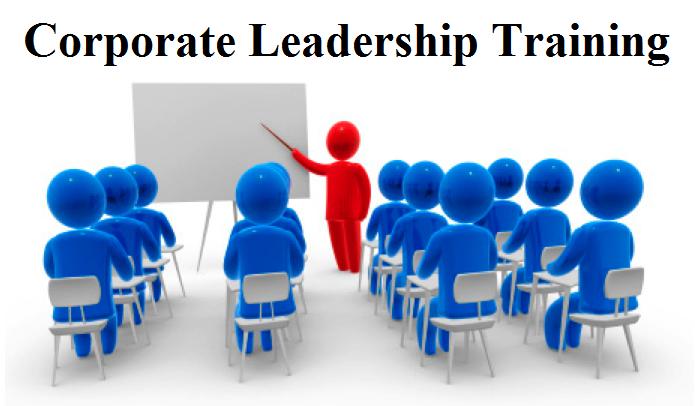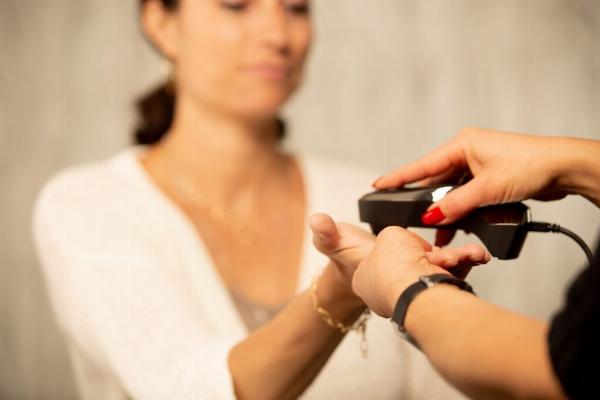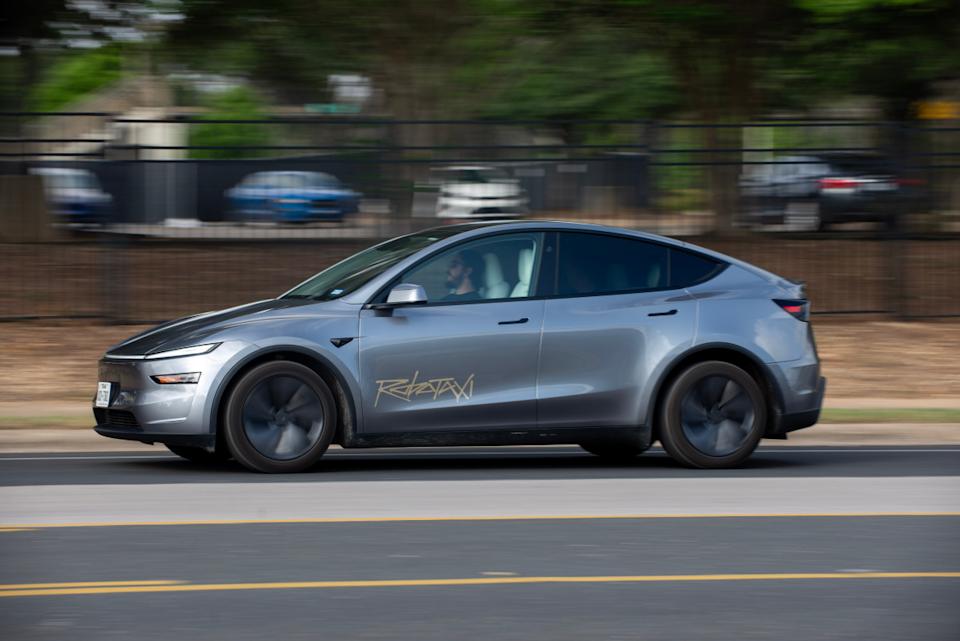MORGANTOWN — Next week, the skies over Morgantown will be filled with balloons carrying tiny satellites aloft in a brand new summer camp at West Virginia University.
Beginning Saturday, 22 high schools from West Virginia and Kentucky will attend a weeklong program called SpaceTrek, and immerse themselves in aerospace engineering, satellite technology and Science, Technology, Engineering and Math education. The program will take place at WVU’s Statler College of Engineering, and is designed for young women entering grades 9-12 or their freshman year of college. Three students from East Fairmont High will be in the program. The program also offers a preview of the college experience, with students staying in the dorms throughout.
The program is an offshoot of Moorehead State University’s program. While Moorehead’s program is primarily designed to bring more women into STEM, David Martinelli, professor of civil engineering and director of the West Virginia Small Satellite Center, envisions expanding SpaceTrek to focus on the needs of Appalachians.
“I believe a boy in McDowell County is more disadvantaged than a girl in Morgantown,” Martinelli said. “So, we do want to see this for boys. We think the key variable is not gender, but economic status and being captive to areas. They just have no awareness at all of all the things we have at the university.”
Isabella Kudyba, 23, one of the program’s student instructors, said this inaugural SpaceTrek was focused on young women because STEM is a heavily male-dominated field. While she’s had a good overall experience as a woman in STEM, she once took a class where she was one of two women in a class of 40. Kudyba herself attended similar camps when she was younger, and her high school had a curriculum with engineering classes funded by a grant called Project Lead the Way. Kudyba is working on her masters in mechanical engineering. She said engineering day at the STEM camps at Penn State-Fayette was her favorite day and she enjoyed talking to the professor who led it.
“This camp is going to be a really good camp for them because the problems we’re solving are really technical,” Kudyba said. “I didn’t learn how to solder in high school, I didn’t know that much about circuit design, and I certainly never launched a weather balloon. The fact it’s a week long camp they really get to dive into these problems and fully learn all of this stuff.”
Students will spend a week on campus, taking foundational lessons in electronics, the electromagnetic wave spectrum, the atmosphere and other space connected disciplines before applying them toward the construction of a Cricket Satellite that can be launched by balloon. On Thursday, students will track their balloons and take radio frequency readings, noting how the frequency changes as the balloon climbs six kilometers into the atmosphere.
“The kid gloves are off a little bit,” Student Instructor Clarus Goldsmith said. “It’s not like, we’ve made this perfect little kit for you that will work beautifully and it’s all Legos, and you do the blocks to code it. No, you’re doing the circuit boards yourself. You’re soldering all of it. We’re going to explain each bit of how it works.”
Goldsmith, 28, just finished doctoral work in robotics that looked at how insect legs worked, and then applied that knowledge to the design of robots that use legs for locomotion.
Goldsmith said by the numbers at WVU, there are about 20 women in the Mechanical Engineering Department. They said it’s important to start talking to young women in high school about STEM and going into STEM. Even then might be too late, since some women might have already made up their mind that they are bad at subjects like math.
Martinelli said they’re working on figuring out how to make SpaceTrek more modular, so it can be rolled out to other campuses and demographics. His goal is to make sure students all throughout Appalachia have an awareness that STEM can be a career path for them. West Virginia as a whole has a low college attendance rate, and Martinelli hopes to target the counties with a 20% college attendance or lower for the program.
“I’m a college professor and I’m the first to admit college is not for everyone,” he said. “But I believe it should be higher than 20%. We think there are some college worthy K-12 students that don’t get presented with the idea and pathway. We want to meet students where they are and get them across those first key barriers.”














